In an era where the word ‘natural’ is brandished like a badge of honor, it’s easy to assume that these products are the epitome of healthy living. But behind these glossy labels lurk a cocktail of unexpected additives that might make you reconsider your choices the next time you’re in the grocery aisle. From breakfast staples to savory snacks, here are ten ‘natural’ foods that are anything but.
1. Flavored Yogurt

Flavored yogurt often comes with a halo of health, but it’s what’s inside that counts. According to Consumer Reports, many flavored yogurts contain high amounts of added sugars—sometimes more than you might expect. While these products are marketed as nutritious and probiotic-rich, some varieties pack more sugar than a candy bar. The ‘natural’ label doesn’t always guarantee a natural ingredient list.
A simple solution lies in choosing plain yogurt and adding your own fresh fruit. Not only does this reduce sugar intake, but it also eliminates the artificial sweeteners and dyes that are often found in flavored options. This swap ensures you’re getting more of the beneficial bacteria without the extra additives. It’s a small shift with a big impact on your overall diet.
2. Granola Bars
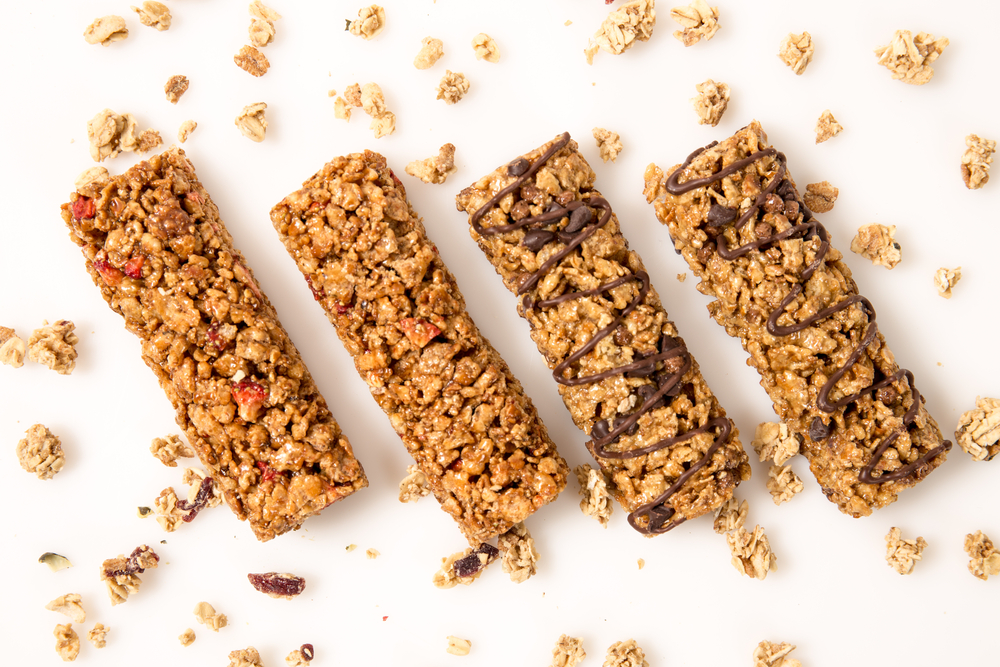
Granola bars, the quintessential snack touted as a wholesome choice for the health-conscious, often harbor a slew of additives. According to Healthline, many brands pump their bars with sugar substitutes and preservatives to enhance flavor and extend shelf life. While you might be expecting a mix of oats and honey, you could be biting into a product laced with additives like high fructose corn syrup. It’s a classic case of not judging a book—or in this case, a bar—by its cover.
The next time you’re tempted by these seemingly innocent snacks, take a closer look at the ingredient list. You might find a smorgasbord of incomprehensible names that sound more at home in a chemistry lab than your kitchen. It’s a small reminder that ‘natural’ doesn’t always mean nutritionally sound. Opt for homemade versions where you control what goes in, sidestepping the sneaky additives altogether.
3. Veggie Chips
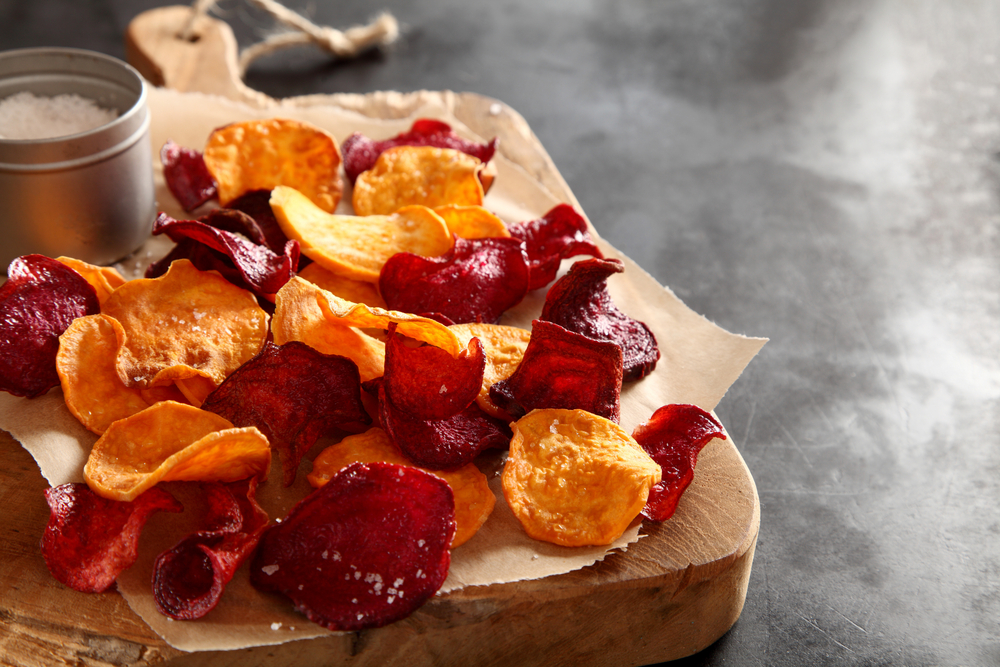
eggie chips often sail under the radar with their claims of being a healthier alternative to regular chips. According to Thriving Taste, these snacks are often nutritionally similar to potato chips and can sometimes be even worse, with comparable or higher levels of calories, fat, and sodium. While they might boast images of kale or spinach on their packaging, these chips are often fried and heavily seasoned, making the end product more akin to a traditional potato chip than a serving of vegetables.
If you’re looking to genuinely increase your veggie intake, consider baking your own slices of sweet potato or zucchini at home. This way, you can avoid the excessive salt and preservatives found in their bagged counterparts. It’s a clear example of how misleading ‘natural’ labeling can be, steering consumers away from truly healthful choices. Real vegetables should be celebrated, not imitated.
4. Bottled Iced Tea

Bottled iced tea might seem like a refreshing, guilt-free indulgence, especially when it flaunts the ‘natural’ tag. However, a closer inspection often reveals a heavy dose of high fructose corn syrup and artificial sweeteners. These additives can overshadow any potential benefits from the tea itself, leaving you with a sugary concoction that’s anything but natural. The allure of convenience pales in comparison to the drawbacks of these additives.
According to Consumer Reports, many bottled iced teas are nutritionally on par with soda, containing loads of added sugars, artificial colors, and flavors. They also tend to be very low in antioxidants compared to freshly brewed tea, so the health benefits you expect from tea may not be present in bottled varieties.
5. Packaged Salad Dressings
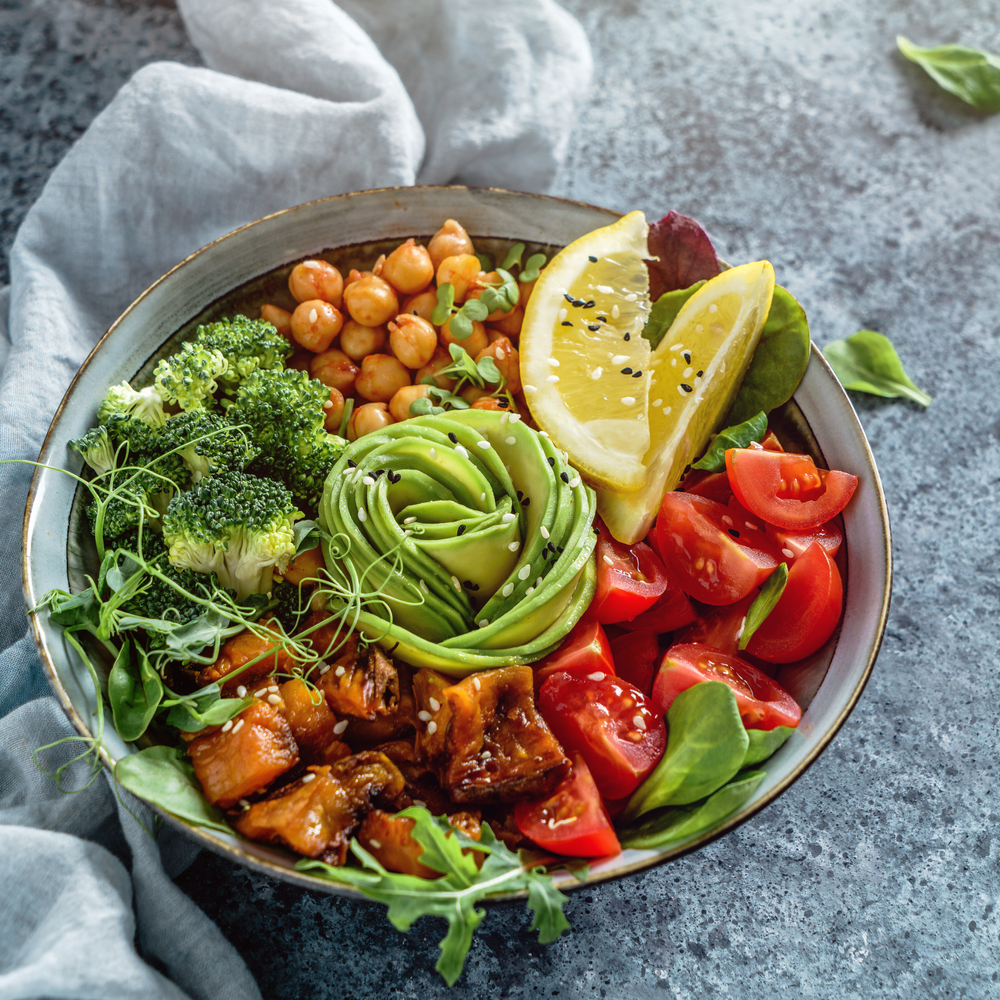
Packaged salad dressings frequently promise a natural addition to your greens but often fall short. Many contain emulsifiers and stabilizers that extend their shelf life, which also means more additives in your bowl. What starts as a simple vinaigrette can end up as a concoction of unpronounceable ingredients. The ‘all-natural’ label doesn’t always equate to transparency in contents.
According to GoodRx, store-bought salad dressings are often high in added sugars, sodium, and food additives—some of which may be harmful to your health. Making your own dressing at home with olive oil, vinegar, and fresh herbs gives you complete control over the ingredients and helps you avoid unnecessary chemicals and preservatives. This small culinary step ensures you know exactly what’s going into your salad and keeps your meals truly natural1.
6. Store-Bought Smoothies

Store-bought smoothies often carry an air of healthiness, promising a blend of fruits and vegetables in an easy-to-consume package. However, they can be loaded with added sugars and preservatives to maintain color and flavor over time. The result is a drink that’s far from the nutrient-dense powerhouse you might expect. These additives can dilute the very benefits that make smoothies appealing in the first place.
Blending your smoothies at home is an effective way to sidestep these issues. Use fresh or frozen fruits and vegetables for a truly natural result, free from the constraints of food industry additives. This approach allows for creativity and ensures that every sip is as nutritious as you intended. The kitchen becomes your smoothie bar, offering flavors and health benefits that are genuinely natural.
7. Instant Oatmeal
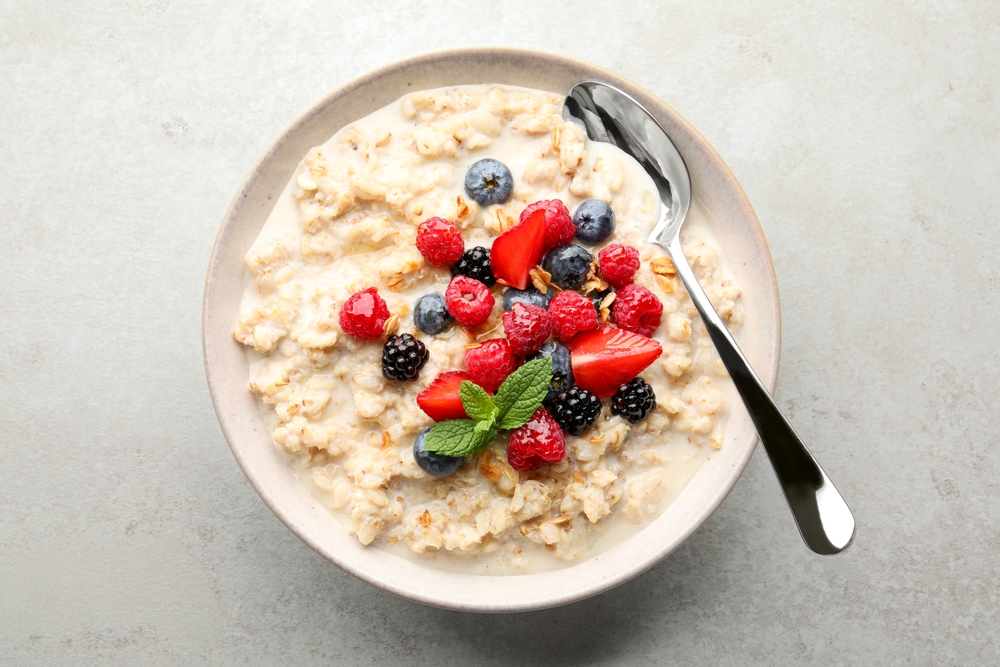
Instant oatmeal is a breakfast staple that’s often perceived as a wholesome start to the day. However, flavored varieties can be rife with sugars and artificial flavorings. These additions detract from the simplicity and nutritional value that oatmeal should provide. What seems like a quick, healthy option is often anything but when scrutinized closely.
Switching to plain oats and adding your toppings can transform your morning routine. Fresh fruits, nuts, and a drizzle of honey offer a more genuine flavor without the hidden additives. This simple change champions the ingredients you can pronounce and understand. It’s a return to the roots of what breakfast should be: uncomplicated and nourishing.
8. Sports Drinks
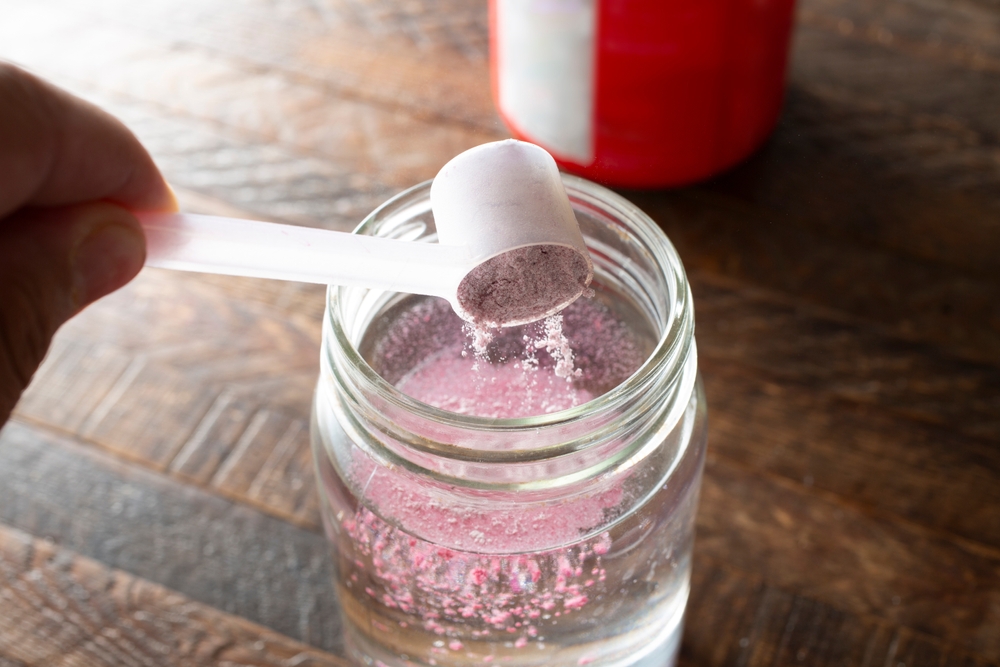
Sports drinks are marketed as a convenient way to replenish electrolytes and energy post-workout. Yet, these beverages can be packed with artificial flavors, colors, and excessive sugars. The bright hues and bold claims may entice, but the ingredient list tells another story. The additives often overshadow any purported benefits, leaving you with a sugary solution rather than genuine hydration.
Staying hydrated with water and supplementing with natural sources of electrolytes, like coconut water, presents a smarter choice. This method avoids the artificial spectrum that many sports drinks exhibit. It’s about maintaining balance and recognizing that nature offers its solutions. Embracing simplicity in hydration can be both refreshing and rewarding.
9. Canned Soups
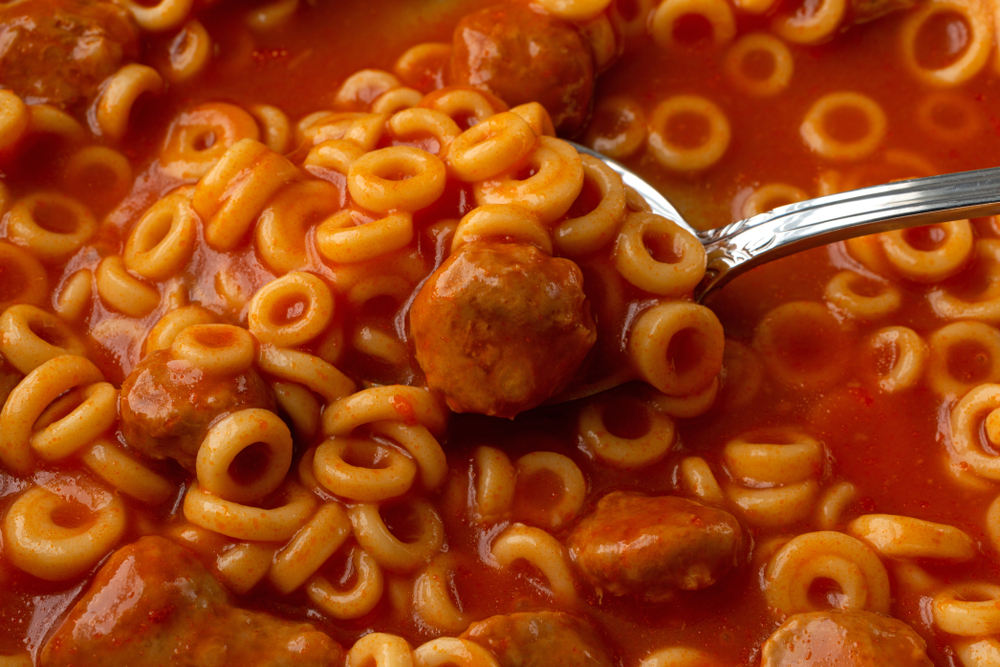
Canned soups are often labeled as a quick and wholesome meal option, especially when marketed as ‘natural’. However, they may contain excessive sodium and preservatives to ensure longevity on store shelves. These additives can detract from the nourishing potential that soup inherently has. While convenient, they are not always as healthy as their labels suggest.
Making your soup can be a creative and healthier endeavor. Fresh ingredients ensure you’re not ingesting unwanted chemicals, and you have full control over the flavor. This culinary endeavor transforms a simple meal into a nourishing experience. Homemade soup brings warmth and authenticity back to the table.
10. Nut Butters

Nut butters, particularly those advertised as ‘natural’, might include added sugars and oils to enhance texture and taste. This drifts away from their image as a simple, wholesome spread. The beauty of nut butter lies in its simplicity, and additives only complicate that. Often, these extras are unnecessary and compromise quality.
Opt for brands that emphasize single-ingredient products, or better yet, make your own. Grinding nuts at home can be a straightforward process, yielding a pure and additive-free spread. This choice celebrates the true essence of what nut butter should be. It’s about finding satisfaction in simplicity and authenticity.
Natasha is a seasoned lifestyle journalist and editor based in New York City. Originally from Sydney, during a stellar two-decade career, she has reported on the latest lifestyle news and trends for major media brands including Elle and Grazia.


